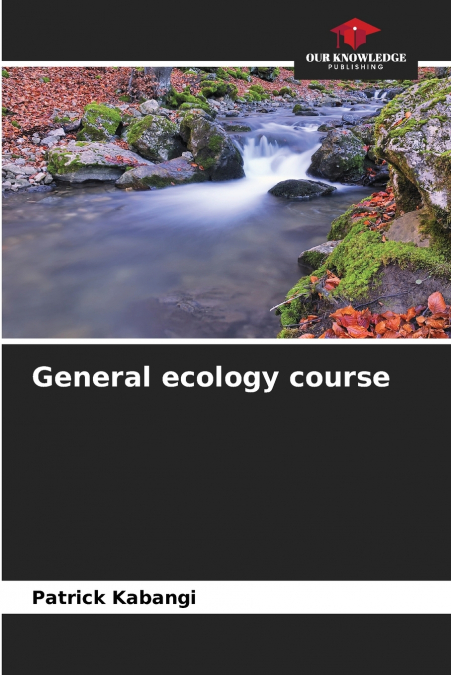
Patrick Kabangi
The overall objectives of this course are: - to enable the student to become aware of the harmony and interactions that exist between the different components of nature : living beings from the plant kingdom, living beings from the animal kingdom, the physical environment in which these beings live, the elements such as the sun, water; - to make the student aware of the need to maintain or reproduce the conditions of harmony in order to preserve nature and to better exploit this nature, in this case any plants or animals, the soil, water; - to provide a basis for the teaching of applied plant or animal ecology, phytotechnics, zootechnics, phytosociology The Specific Objectives are: to familiarise the student with : - the ecological laws; - the effects of the environment with its various components on living beings and thus the behaviour of different living beings in the face of the various ecological factors; - the main ecosystems of the biosphere, their characteristics, their usefulness; - the effects of human action on the environment.